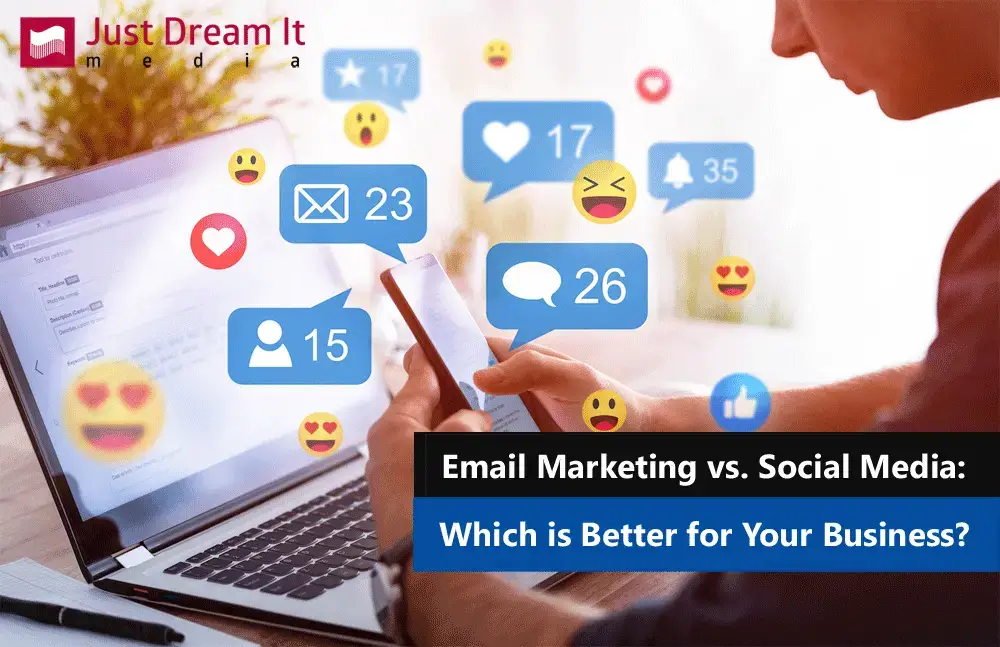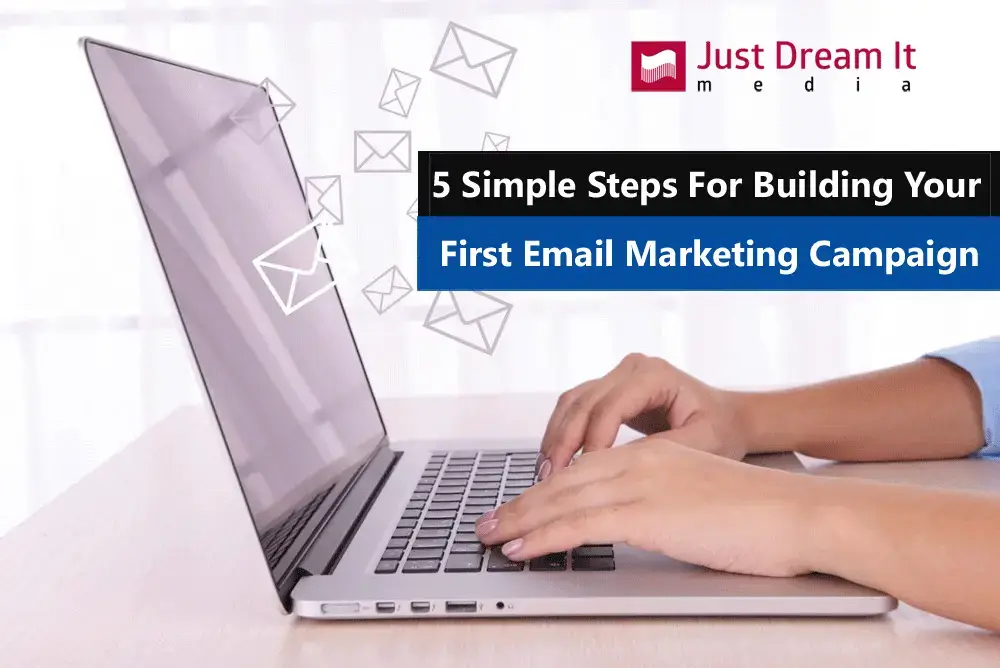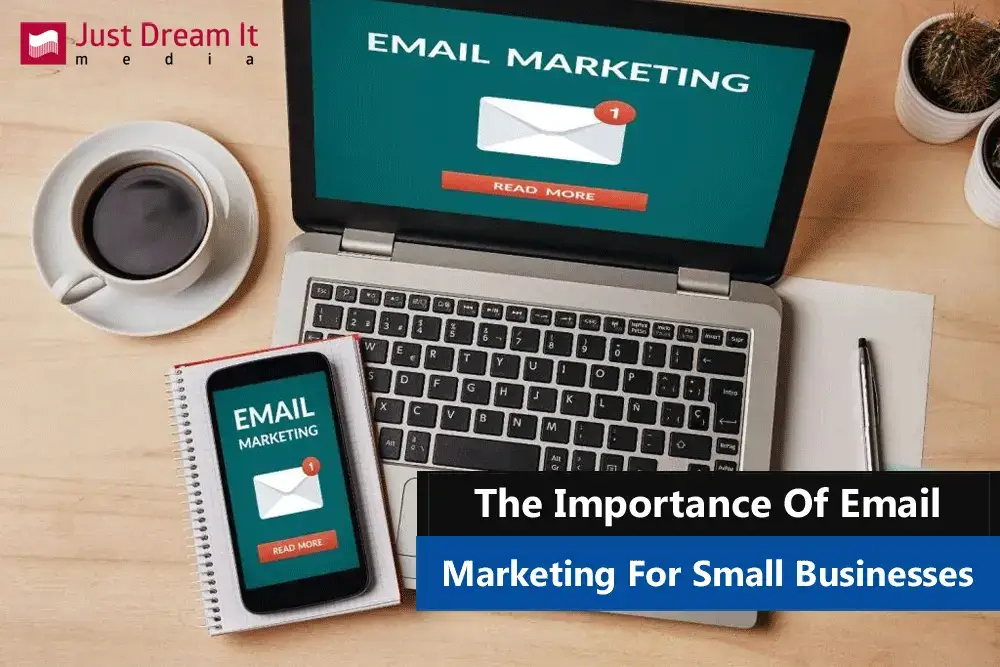In today’s digital world, it’s important for businesses to have an online presence to reach their target audience. Email marketing and social media marketing are two of the most effective strategies to promote your business, build brand awareness, and engage with your customers. But which one should you choose? In this article, we’ll explore the differences between email marketing and social media marketing, their benefits and drawbacks, and how to choose the best strategy for your business.
Introduction
Digital marketing has become an essential part of business strategy. Whether you’re a small business or a multinational corporation, having an online presence is crucial to stay competitive. Email marketing and social media marketing are two of the most effective ways to reach your target audience and engage with them.
Email marketing is the process of sending commercial messages to a group of people through email. It’s a direct marketing strategy that allows you to communicate with your subscribers, promote your products or services, and build relationships with your customers. Social media marketing, on the other hand, is the use of social media platforms to promote your business, build brand awareness, and engage with your customers.
But which one is better for your business? Let’s explore each strategy in more detail.
Email Marketing
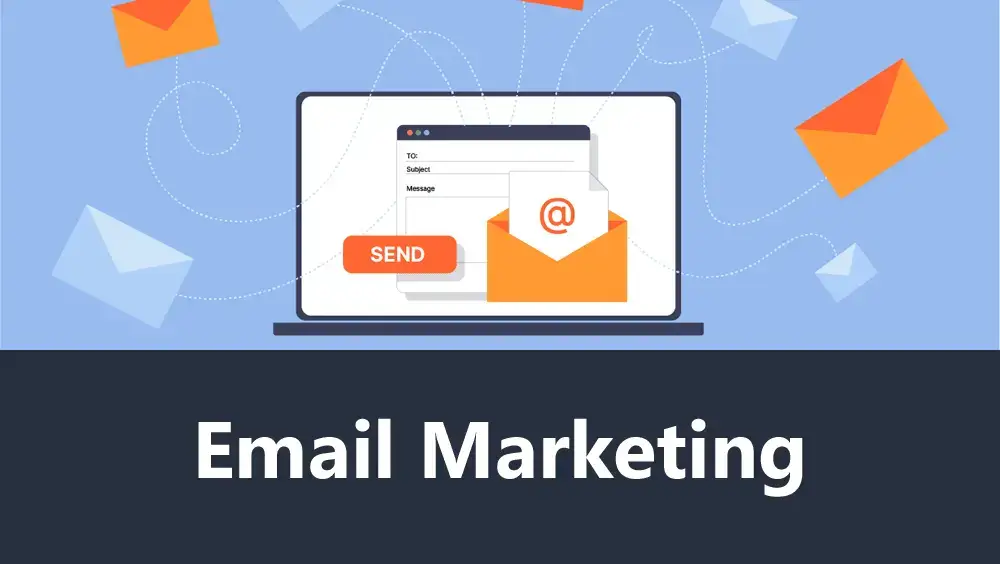
Email marketing is a highly effective strategy for businesses of all sizes. It allows you to reach your target audience directly, build relationships with your customers, and increase your revenue.
Definition of Email Marketing
Email marketing is the process of sending commercial messages to a group of people through email. It can include newsletters, promotional emails, and drip campaigns.
Types of Email Marketing
Newsletters
Newsletters are a popular type of email marketing that businesses use to keep their subscribers informed about their products or services. They’re usually sent on a regular basis, such as weekly or monthly, and can include updates, news, promotions, and other relevant information.
For example, a beauty brand can send a monthly newsletter to its subscribers with beauty tips, product reviews, and exclusive promotions.
Promotional Emails
Promotional emails are designed to promote a specific product or service to your subscribers. They can include discounts, special offers, and limited-time deals.
For example, an e-commerce store can send a promotional email to its subscribers with a discount code for their next purchase.
Drip Campaigns
Drip campaigns are a series of automated emails that are sent to your subscribers over a period of time. They’re usually designed to educate your subscribers, build trust, and convert them into customers.
For example, a software company can send a drip campaign to its subscribers to introduce them to the features of their software and how it can help them solve their problems.
Strategies for Effective Email Marketing
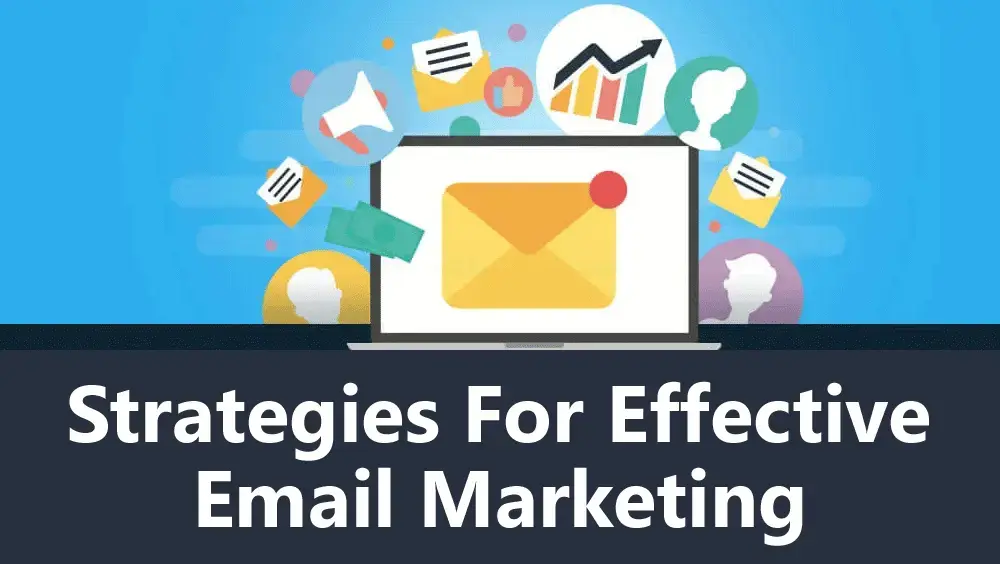
Creating Engaging Subject Lines
Subject lines are the first thing that your subscribers see when they receive your email. Therefore, it’s important to create engaging subject lines that grab their attention and encourage them to open your email.
For example, instead of using a generic subject line like “Newsletter #1”, you can use a more engaging subject line like “Unlock the Secrets to Flawless Skin with Our Monthly Newsletter”.
Personalization
Personalization is the process of tailoring your email content to the specific needs and interests of your subscribers. It can include using their name, location, or past purchase history.
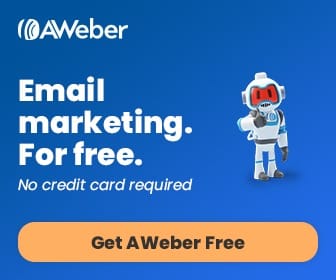
For example, a fashion brand can use personalization in their emails by sending targeted promotions based on their subscribers’ past purchases.
Timing and Frequency
Timing and frequency are important factors to consider when sending your emails. You want to make sure that your subscribers receive your emails at a time when they’re most likely to open and engage with them.
For example, if you’re targeting working professionals, you may want to send your emails during their lunch break or after work hours. The frequency of your emails is also important – you don’t want to send too many emails and risk overwhelming your subscribers, or too few emails and risk being forgotten.
A/B Testing
A/B testing is the process of comparing two different versions of your email to see which one performs better. It can include testing different subject lines, content, or calls-to-action.
For example, you can send one version of your email with a blue call-to-action button and another version with a red call-to-action button to see which one gets more clicks.
Common Mistakes to Avoid
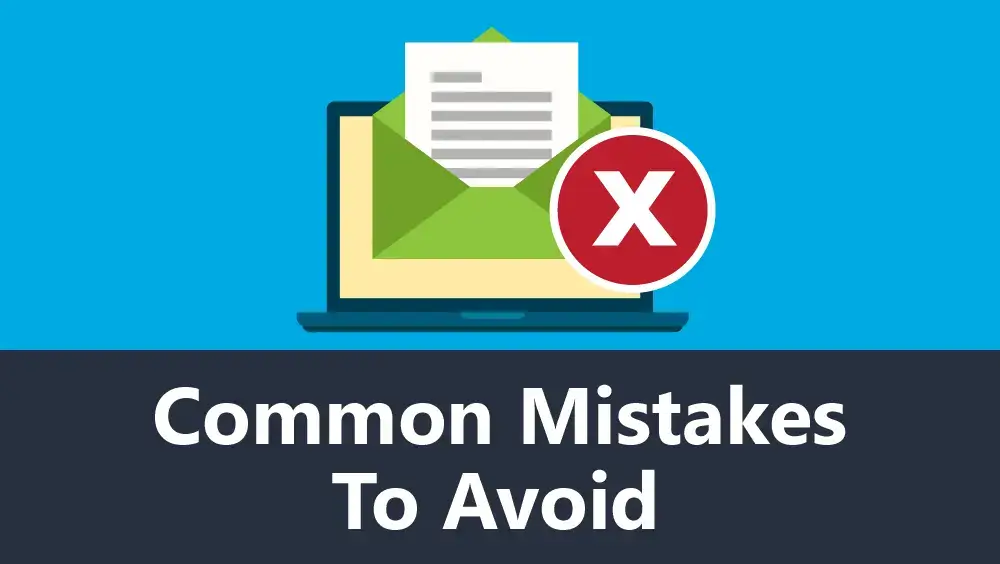
Over-Emailing
One common mistake that businesses make with email marketing is over-emailing their subscribers. Sending too many emails can lead to subscribers feeling overwhelmed, annoyed, and ultimately unsubscribe.
Ignoring Mobile Optimization
More than half of all emails are opened on mobile devices. Therefore, it’s important to optimize your emails for mobile devices to ensure that they’re easy to read and navigate.
Not Segmenting Your Email List
Segmenting your email list involves dividing your subscribers into different groups based on their interests, behaviors, or demographics. This allows you to send targeted emails that are more relevant to each group.
Successful Email Marketing Campaigns
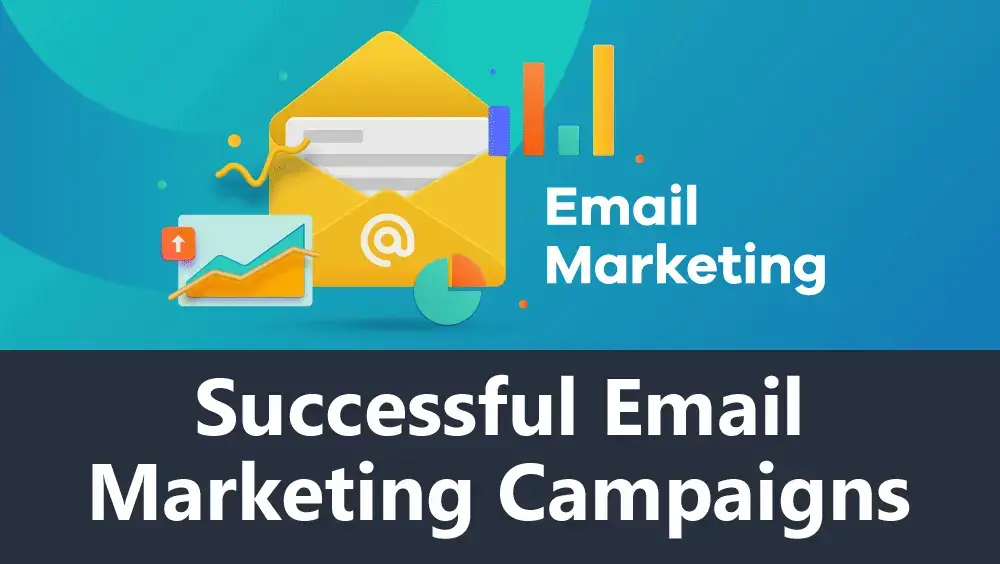
Example 1: Airbnb
Airbnb sent an email to its subscribers with the subject line “New York City Adventures”. The email featured a list of unique experiences that users could book on the platform, such as a graffiti tour in Brooklyn. The email was personalized and targeted to users who had previously searched for New York City on the Airbnb platform.
Example 2: Grammarly
Grammarly sent an email to its subscribers with the subject line “Stop Making Embarrassing Mistakes in Your Emails”. The email featured a short video that demonstrated how Grammarly could improve the user’s writing. The email was personalized and targeted to users who had previously downloaded the Grammarly browser extension.
Social Media Marketing
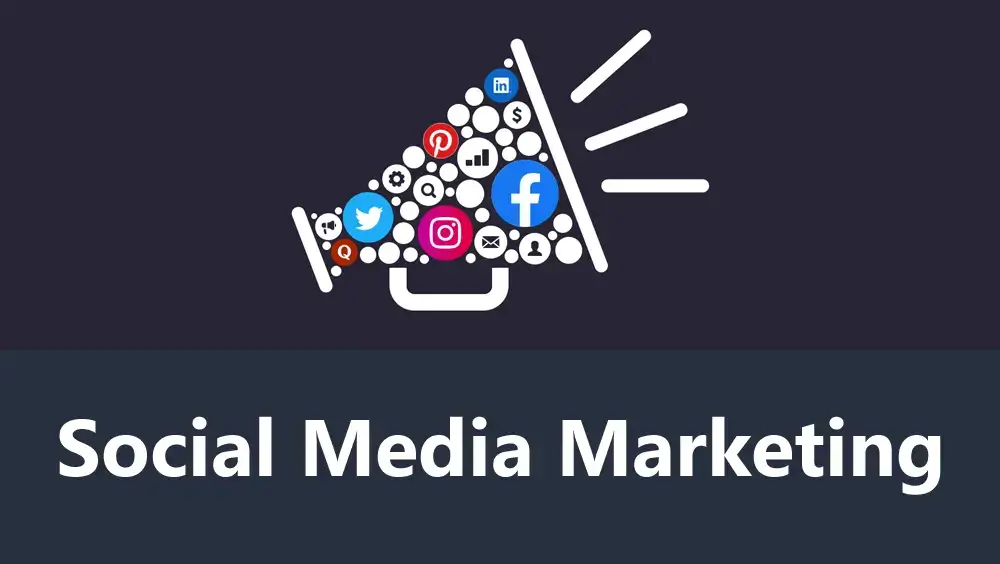
Social media marketing is a powerful tool for businesses to reach their target audience, engage with their customers, and build brand awareness. With over 4 billion active users on social media platforms, it’s a great way to connect with your audience and promote your business.
Definition of Social Media Marketing
Social media marketing is the use of social media platforms to promote your business, build brand awareness, and engage with your customers.
Types of Social Media Platforms
Facebook is the largest social media platform with over 2.8 billion active users. It’s a great platform to reach a wide audience and promote your business through organic content or paid advertising.
Instagram is a visual-based platform with over 1 billion active users. It’s a great platform to showcase your products or services through high-quality images or videos.
Twitter is a fast-paced platform with over 330 million active users. It’s a great platform to share news, updates, and engage with your audience through short and concise messages.
LinkedIn is a professional networking platform with over 740 million active users. It’s a great platform to connect with other professionals, promote your business, and build brand awareness.
YouTube
YouTube is a video-based platform with over 2 billion active users. It’s a great platform to create and share video content, such as tutorials, product demos, or behind-the-scenes footage.
Strategies for Effective Social Media Marketing
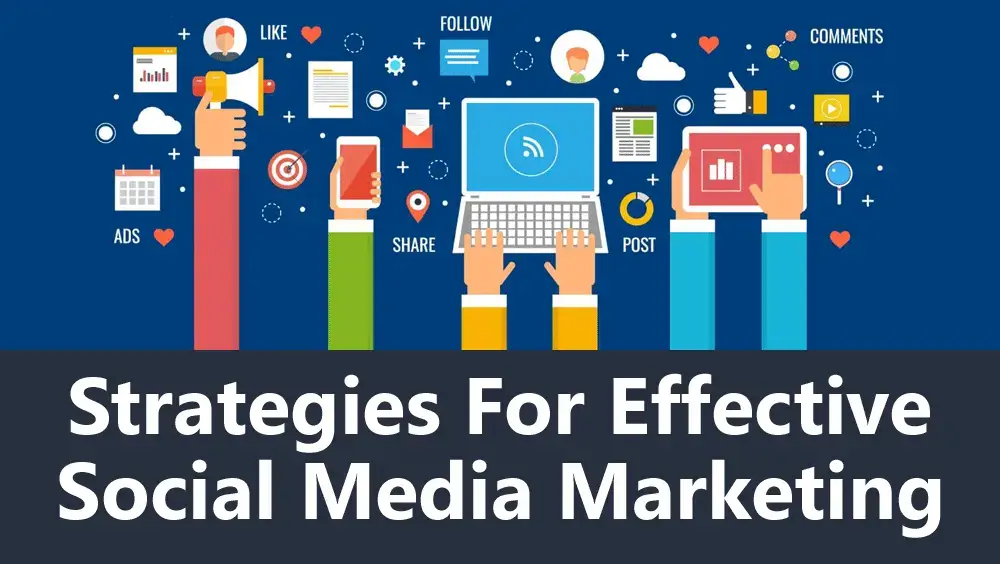
Creating Engaging Content
Creating engaging content is key to a successful social media strategy. Your content should be informative, entertaining, and relevant to your target audience.
For example, a restaurant can create engaging content by sharing recipes, behind-the-scenes footage of the kitchen, or highlighting their menu items.
Building a Community
Building a community on social media involves engaging with your audience, responding to comments, and fostering a sense of community among your followers.
For example, a fitness brand can build a community by creating a Facebook group where users can share their progress, ask questions, and support each other.
Hashtag Campaigns
Hashtag campaigns involve creating a branded hashtag and encouraging your followers to use it in their posts. This can increase your reach and engagement on social media.
For example, a beauty brand can create a hashtag campaign around their new product launch and encourage users to share their experiences using the hashtag.
Social Media Advertising
Social media advertising involves promoting your business through paid ads on social media platforms. It can include targeting specific demographics, interests, or behaviors.
For example, a car dealership can use Facebook ads to target users who are interested in buying a new car and live within a certain geographical location.
Common Mistakes to Avoid
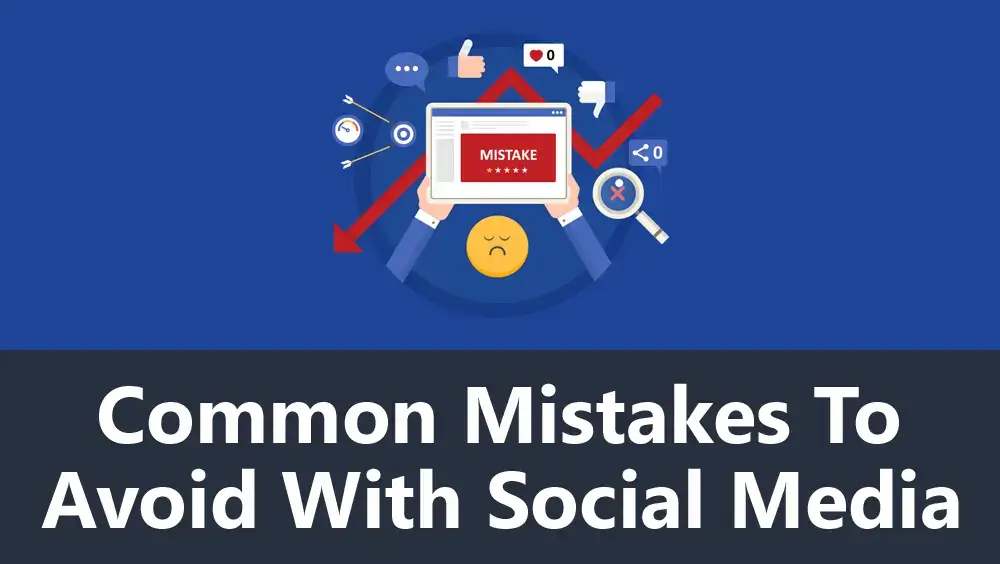
Posting Too Much or Too Little
Posting too much or too little can negatively impact your social media strategy. Posting too much can lead to followers feeling overwhelmed, while posting too little can lead to being forgotten.
Ignoring Comments and Engagement
Engaging with your audience is crucial to building a strong social media presence. Ignoring comments and engagement can make your followers feel unappreciated and disengaged.
Not Having a Clear Brand Voice
Having a clear brand voice is important to ensure consistency and authenticity on social media. Not having a clear brand voice can lead to confusion and inconsistency in your messaging.
Successful Social Media Campaign
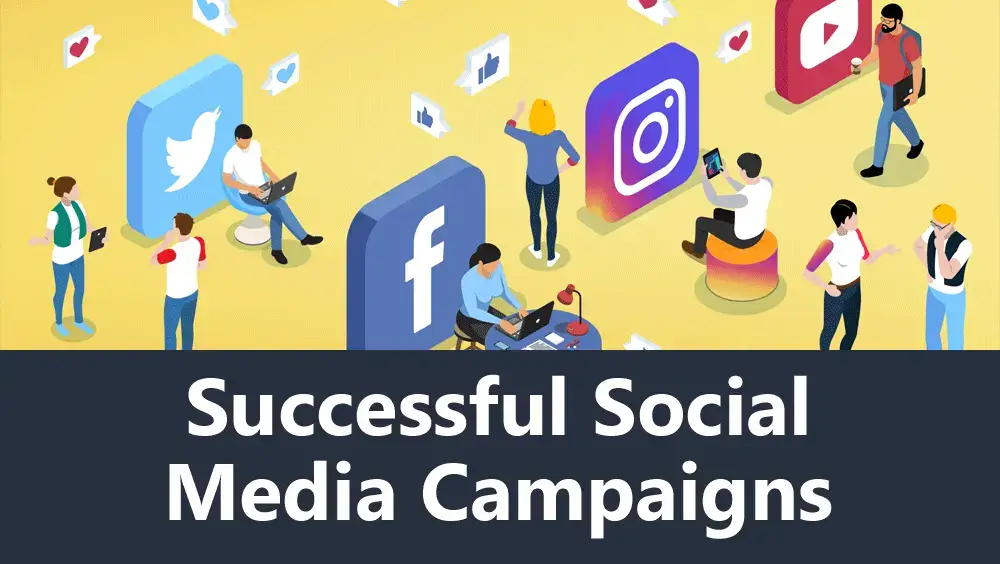
Example 1: Wendy’s
Wendy’s is known for its witty and humorous Twitter presence. In 2017, they started a Twitter feud with a user who claimed that their burgers were frozen. Wendy’s responded with a tweet saying “Where do you store cold things that aren’t frozen?”. The tweet went viral and resulted in a significant increase in their Twitter following.
Email Marketing vs. Social Media Marketing
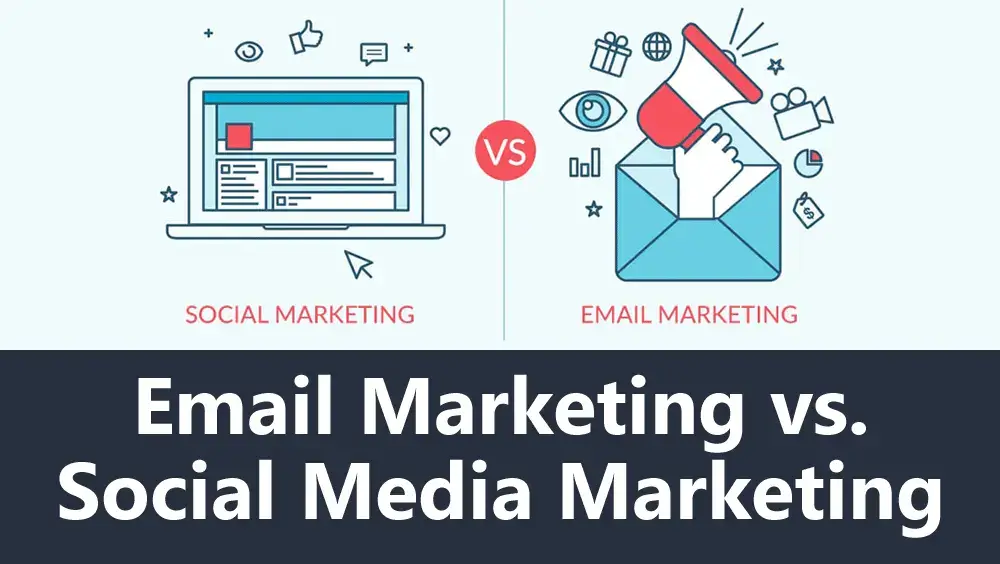
Both email marketing and social media marketing have their benefits and drawbacks. Here’s a comparison of the two:
Cost
Email marketing is generally less expensive than social media marketing. It doesn’t require any advertising costs and can be done in-house. Social media marketing, on the other hand, can require significant advertising costs depending on the platform and targeting.
Reach
Social media marketing has a wider reach than email marketing. With billions of active users on social media platforms, it’s a great way to reach a large audience. Email marketing, however, is a more targeted approach and allows you to reach your subscribers directly.
Targeting
Both email marketing and social media marketing allow for targeting based on interests, behaviors, and demographics. However, email marketing allows for more specific targeting as it’s based on your subscribers’ personal information.
Engagement
Social media marketing is better for engagement as it allows for more interaction with your audience. Email marketing, on the other hand, has a higher conversion rate as it’s a more direct marketing approach.
How to Choose Between Email Marketing and Social Media Marketing
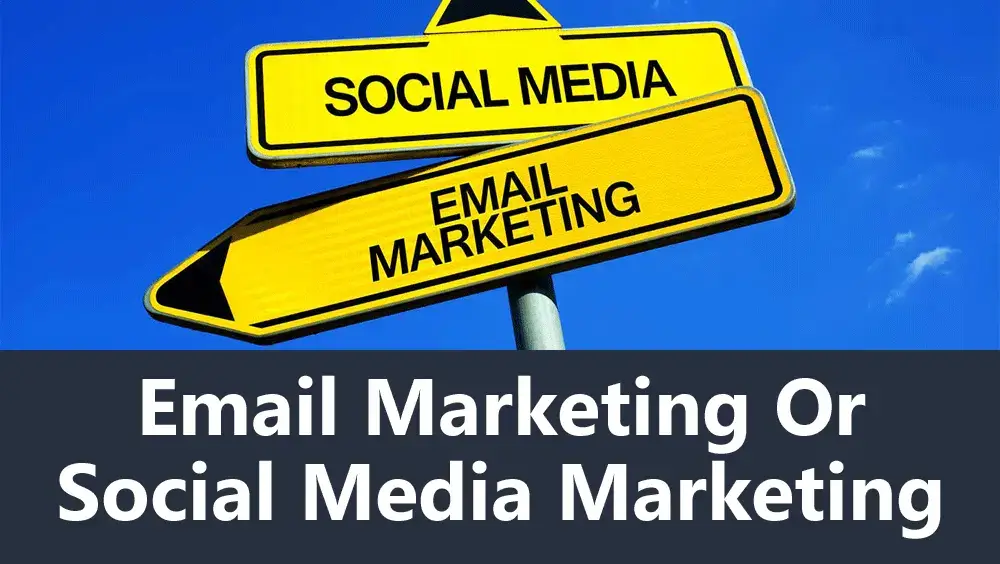
To choose the best strategy for your business, consider the following:
Understanding Your Audience
Understanding your audience is crucial to determine which strategy will be more effective. Consider factors such as their age, interests, and behaviors.
Determining Your Goals
Determining your goals will help you decide which strategy will help you achieve them. Are you looking to increase brand awareness or drive sales?
Analyzing Your Resources
Analyzing your resources, including time and budget, will help you determine which strategy is feasible for your business.
Testing and Measuring
Testing and measuring the effectiveness of your strategy is important to ensure that you’re getting the results you want. Use analytics tools to track your email open rates, click-through rates, and social media engagement rates.
Email marketing and social media marketing are both effective strategies for businesses to reach their target audience and engage with their customers. Choosing the best strategy for your business depends on understanding your audience, determining your goals, and analyzing your resources. Remember to create engaging content, build a community, and test and measure your strategy to ensure its effectiveness.

In this article, we’ll explore the differences between email marketing and social media marketing, their benefits and drawbacks, and how to choose the best strategy for your business.
1. Introduction
- Digital marketing has become an essential part of business strategy.
- Email marketing and social media marketing are two of the most effective ways to reach your target audience and engage with them.
2. Email Marketing
- Definition of Email Marketing: The process of sending commercial messages to a group of people through email.
- Types of Email Marketing: Newsletters, Promotional Emails, and Drip Campaigns.
- Strategies for Effective Email Marketing: Creating Engaging Subject Lines, Personalization, Timing and Frequency, and A/B Testing.
- Common Mistakes to Avoid: Over-Emailing, Ignoring Mobile Optimization, and Not Segmenting Your Email List.
- Successful Email Marketing Campaigns: Example 1: Airbnb, Example 2: Grammarly.
4. Social Media Marketing
- Definition of Social Media Marketing: The use of social media platforms to promote your business, build brand awareness, and engage with your customers.
- Types of Social Media Platforms: Facebook, Instagram, Twitter, LinkedIn, and YouTube.
- Strategies for Effective Social Media Marketing: Creating Engaging Content, Building a Community, Hashtag Campaigns, and Social Media Advertising.
- Common Mistakes to Avoid: Posting Too Much or Too Little, Ignoring Comments and Engagement, and Not Having a Clear Brand Voice.
- Successful Social Media Campaigns: Example 1: Wendy’s, Example 2: Nike.
4. Email Marketing vs. Social Media Marketing
- Cost: Email marketing is generally less expensive than social media marketing.
- Reach: Social media marketing has a wider reach than email marketing.
- Targeting: Email marketing allows for more specific targeting as it’s based on subscribers’ personal information.
- Engagement: Social media marketing is better for engagement, while email marketing has a higher conversion rate.
- How to Choose Between Email Marketing and Social Media Marketing: Understanding Your Audience, Determining Your Goals, Analyzing Your Resources, and Testing and Measuring.
5. Conclusion
- Email marketing and social media marketing are both effective strategies for businesses to reach their target audience and engage with their customers.
- Choosing the best strategy for your business depends on understanding your audience, determining your goals, and analyzing your resources.
- Remember to create engaging content, build a community, and test and measure your strategy to ensure its effectiveness.
6. FAQs
- Is email marketing or social media marketing better for small businesses?
- How often should I send emails to my subscribers?
- How can I measure the effectiveness of my email marketing or social media marketing strategy?
- Can I use both email marketing and social media marketing for my business?

Action Plan: Email Marketing vs. Social Media: Which is Better for Your Business?
Now that you’ve read about the differences between email marketing and social media marketing, here’s an action plan to help you choose the best strategy for your business:
1. Determine Your Goals
- What do you want to achieve with your marketing strategy? Increased sales, brand awareness, customer engagement?
- Determine your goals and create a plan to achieve them.
2. Analyze Your Resources
- Consider your budget and available resources, including time and personnel.
- Decide which strategy is feasible for your business.
3. Understand Your Audience
- Who is your target audience? What are their interests and behaviors?
- Choose the strategy that will best reach and engage your audience.
4. Create Engaging Content
- Whether you choose email marketing or social media marketing, creating engaging content is crucial to a successful strategy.
- Consider your audience’s preferences and interests when creating content.
5. Build a Community
- Social media marketing is particularly effective in building a community and engaging with your audience.
- Consider creating a Facebook group or using hashtags to foster a sense of community among your followers.
6. Test and Measure
- Use analytics tools to track the effectiveness of your strategy.
- Make adjustments based on the data to ensure that your strategy is achieving your goals.
Remember to avoid common mistakes, such as over-emailing or posting too much or too little, and to have a clear brand voice. By following this action plan, you can choose the best strategy for your business and achieve your marketing goals.

Here are 10 frequently asked questions with answers about email marketing and social media marketing:
1. What is the difference between email marketing and social media marketing?
Answer: Email marketing is the process of sending commercial messages to a group of people through email, while social media marketing is the use of social media platforms to promote your business, build brand awareness, and engage with your customers.
2. Is email marketing or social media marketing better for small businesses?
Answer: It depends on your goals and resources. Email marketing is generally less expensive and allows for more specific targeting, while social media marketing has a wider reach and is better for engagement.
3. How often should I send emails to my subscribers?
Answer: It depends on your audience and the type of content you’re sending. Generally, once a week or once a month is a good frequency to keep your subscribers engaged without overwhelming them.
4. How can I measure the effectiveness of my email marketing or social media marketing strategy?
Answer: Use analytics tools to track your email open rates, click-through rates, and social media engagement rates. This will help you determine which strategies are effective and which ones need improvement.
5. Can I use both email marketing and social media marketing for my business?
Answer: Yes, using both strategies can be a powerful combination for reaching your target audience and building relationships with your customers.
6. How can I create engaging content for my email marketing or social media marketing strategy?
Answer: Consider your audience’s preferences and interests when creating content. Use visuals, humor, and storytelling to make your content more engaging.
7. Should I use paid advertising on social media platforms?
Answer: It depends on your goals and budget. Paid advertising can be an effective way to reach a wider audience and target specific demographics, interests, or behaviors.
8. How can I segment my email list?
Answer: Segmenting your email list involves dividing your subscribers into different groups based on their interests, behaviors, or demographics. You can use email marketing software to segment your list automatically.
9. What should I include in my email newsletter?
Answer: Your email newsletter should include informative and engaging content, such as industry news, updates, promotions, and exclusive offers.
10. How can I build a community on social media?
Answer: Building a community on social media involves engaging with your audience, responding to comments, and fostering a sense of community among your followers. Consider creating a Facebook group or using hashtags to connect with your audience.
Conclusion
Digital marketing has become an essential part of business strategy. Two of the most effective ways to reach your target audience and engage with them are email marketing and social media marketing. Email marketing involves sending commercial messages to a group of people through email, while social media marketing involves using social media platforms to promote your business, build brand awareness, and engage with your customers. Both strategies have their benefits and drawbacks, and choosing the best strategy for your business depends on understanding your audience, determining your goals, and analyzing your resources.
Email marketing and social media marketing are both effective strategies for businesses to reach their target audience and engage with their customers. Email marketing is generally less expensive and allows for more specific targeting, while social media marketing has a wider reach and is better for engagement. To choose the best strategy for your business, consider factors such as your goals, resources, and audience. Remember to create engaging content, build a community, and test and measure your strategy to ensure its effectiveness. By following these tips and avoiding common mistakes, you can create a successful digital marketing strategy and achieve your business goals.

